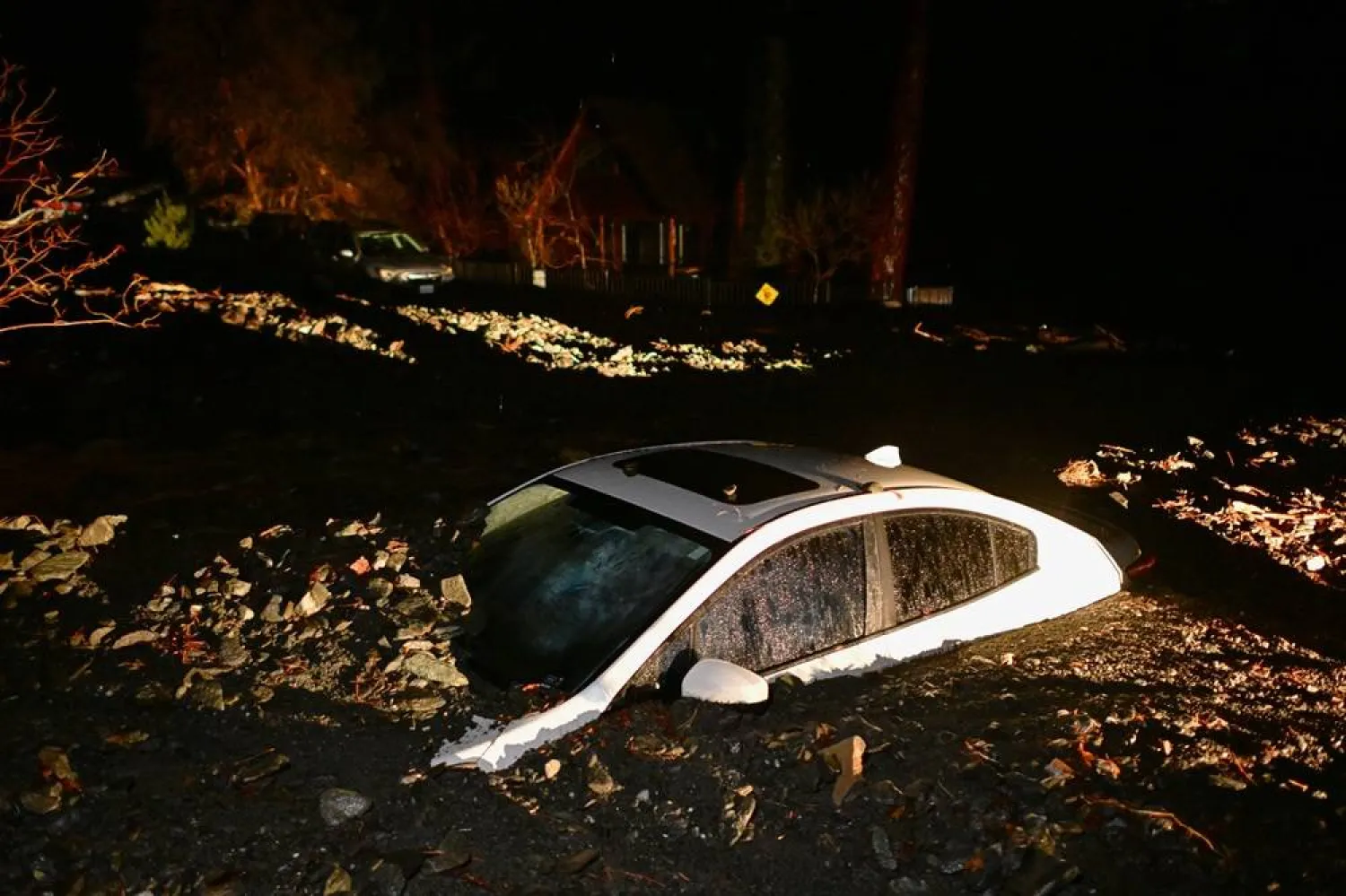Nearly a third of species of fungi assessed by an international conservation group are at risk of extinction from threats like deforestation and agricultural expansion, the latest 'Red List' of threatened species showed on Thursday.
Fungi - which comprise a scientific "kingdom" second only in size to the animal kingdom - play a critical role in a range of functions from decomposition, to mammalian digestion to forest regeneration. For human beings, they also play an important role in making several powerful medicines, including antibiotics, as well as bread and beer.
Yet, the role of these yeasts, molds and mushrooms that underpin life on Earth has been "overlooked and under-appreciated", said the International Union for Conservation of Nature (IUCN), which is trying to correct that.
In its latest 'Red List' which categorizes species according to the risks they face, the group said that nearly a third, or 411 of the 1,300 species of fungi it assessed, are at risk of extinction, Reuters reported.
"Fungi are crucial to all life. Without fungi, an ecosystem can collapse quickly," said Caroline Pollock, Senior Program Coordinator in IUCN's Red List Unit.
Fungi are best known as mushrooms but these are just the fruiting bodies of an organism whose bulk is found underground in a large network of root-like "mycelia" structures.
Only a fraction of some 2.5 million fungi species thought to exist have been formally identified, meaning that assessing the threats they face has been slow compared to flora and fauna.
One of the major challenges they face is that their habitats have been replaced by the expansion of urban areas and agriculture, whose nitrogen and ammonia run-off can also harm them, the IUCN said.
At least 198 species listed face extinction because of deforestation, it said. Even in places where rotational forestry is practiced, the destruction of old-growth forests sometimes does not allow their fungal colonies to become re-established, it said.
Study: Fungi Vital to Life Face Growing Risk of Extinction

This photograph taken on September 9, 2009 in Flussendet, Heroy municipality, Norway, shows a Hygrocybe splendidissima mushroom (Photo by John Bjarne Jordal / John Bjarne Jordal / AFP)

Study: Fungi Vital to Life Face Growing Risk of Extinction

This photograph taken on September 9, 2009 in Flussendet, Heroy municipality, Norway, shows a Hygrocybe splendidissima mushroom (Photo by John Bjarne Jordal / John Bjarne Jordal / AFP)
لم تشترك بعد
انشئ حساباً خاصاً بك لتحصل على أخبار مخصصة لك ولتتمتع بخاصية حفظ المقالات وتتلقى نشراتنا البريدية المتنوعة







